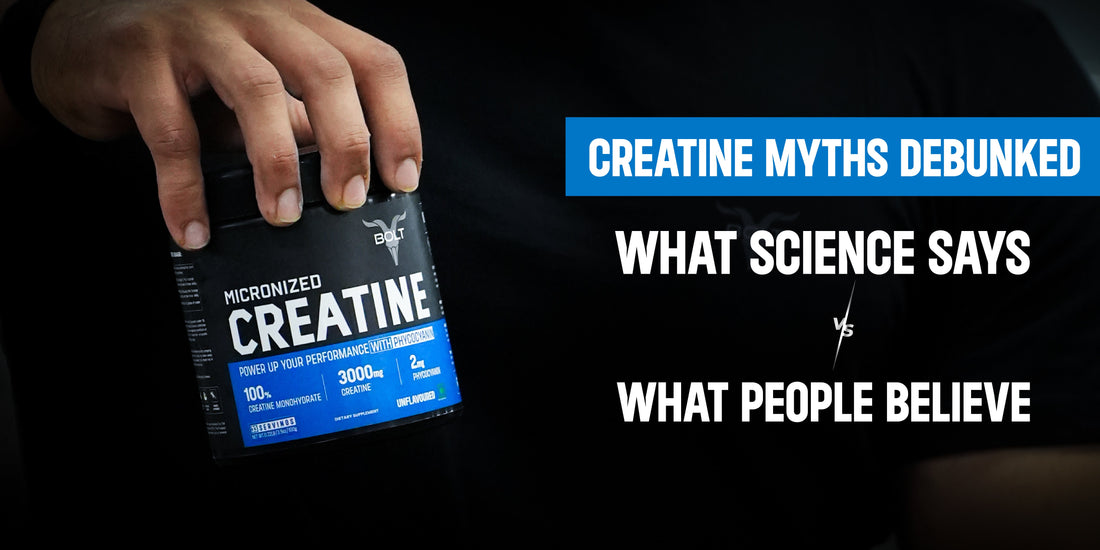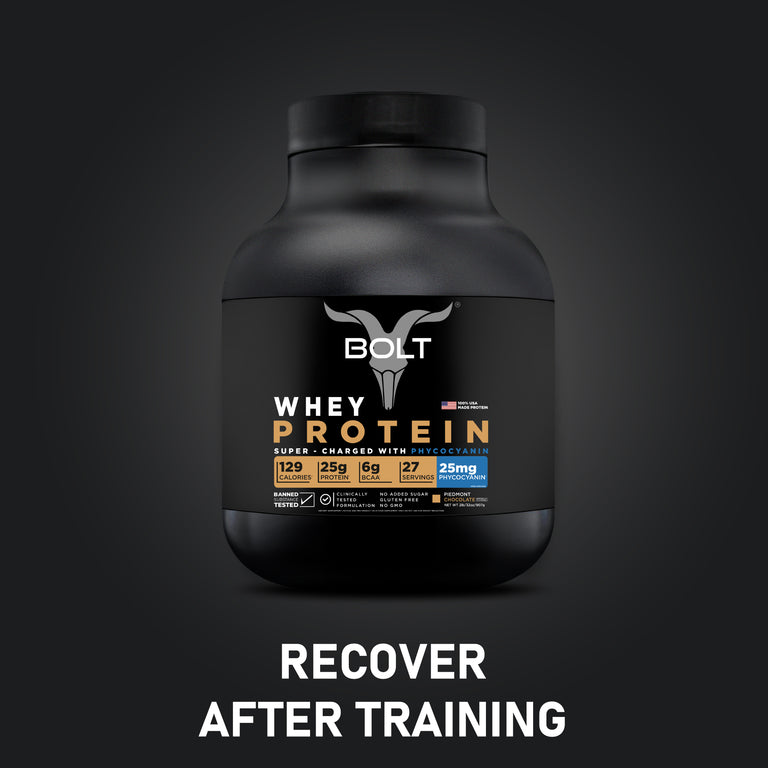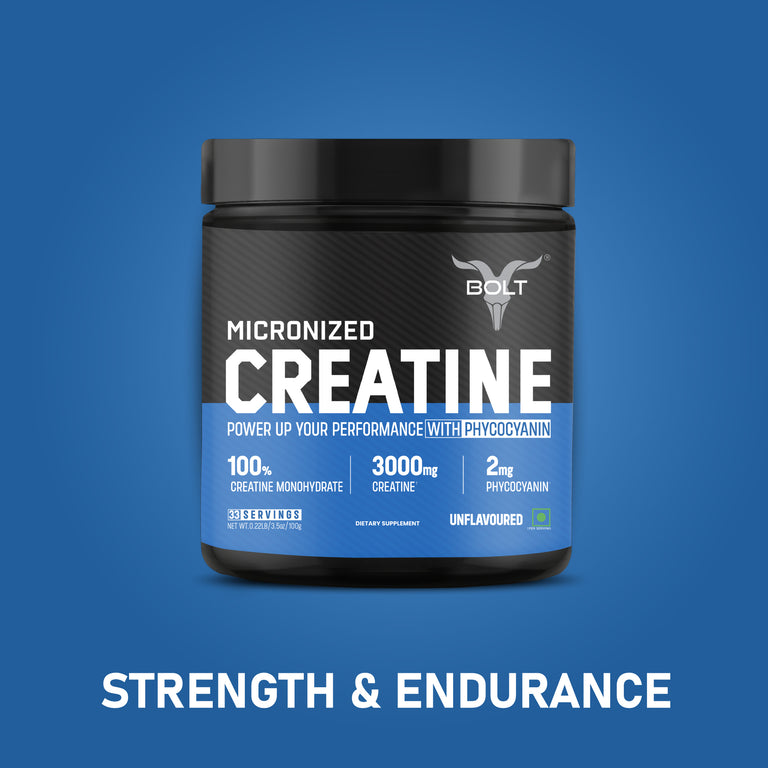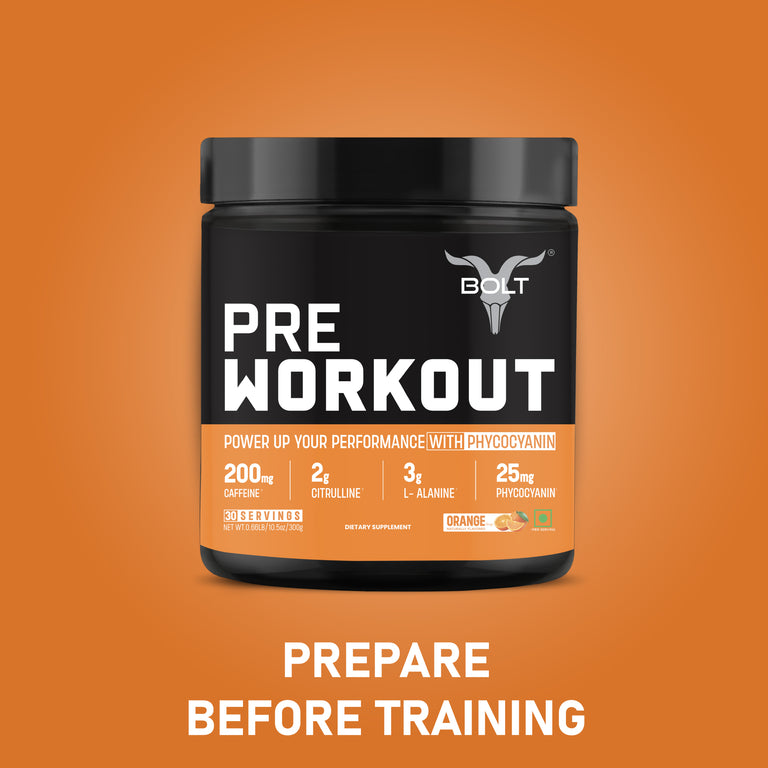
Creatine Myths Debunked: What Science Says vs. What People Believe
byCreatine is one of the most studied and widely used substances in sports. Despite its demonstrated benefits, there are still countless myths and misconceptions about it. In this essay, we'll separate scientific truths from popular beliefs to reveal the reality about creatine.
What is Creatine?
Creatine is an endogenous compound found within muscle tissue. It helps produce adenosine triphosphate (ATP), the body’s primary energy source for high-intensity exercise, strength training, and endurance activities.
Creatine is present in animal products, seafood, and supplements, with creatine monohydrate being the most extensively researched and effective type.
Common Myths About Creatine
Myth #1: Creatine Causes Kidney and Liver Damage
Fact:
No scientific evidence supports the claim that creatine harms healthy kidneys or liver. Studies show that long-term creatine use does not negatively affect kidney or liver function in healthy individuals. However, those with pre-existing kidney conditions should consult a doctor before using it.
Myth #2: Creatine causes the dehydration and discomfort.
Fact:
Research actually suggests that creatine improves hydration by pulling water into muscle cells. In fact, athletes supplementing with creatine often experience fewer muscle cramps and improved recovery.
Myth #3: Creatine promotes weight gain and discomfort
Fact:
Creatine increases muscle water retention, which can cause an initial weight gain of 1-2 kg. However, this is not fat gain, and it enhances muscle growth and performance rather than causing bloating.
Myth #4: Creatine is a Steroid
Fact:
Creatine is not a steroid. It is a naturally occurring amino acid derivative, unlike anabolic steroids, which are synthetic hormones. Creatine does not alter hormone levels but instead boosts energy production.
Myth #5: Creatine Needs a Loading Phase
Fact:
While a loading phase (20g per day for 5-7 days) helps saturate muscles quickly, it’s not necessary. You can still achieve full creatine saturation by taking 3-5g daily for 3-4 weeks.
Myth #6: Creatine Only Benefits Bodybuilders
Fact:
Creatine enhances strength, endurance, cognitive function, and muscle recovery. It benefits athletes, runners, swimmers, and even older adults looking to maintain muscle mass and brain health.
Myth #7: You Need to Cycle Off Creatine
Fact:
No research suggests that cycling off creatine is necessary. Continuous use at the recommended dose is safe and does not lead to dependency or decreased effectiveness.
Myth #8: Creatine Works Instantly
Fact:
Creatine does not provide an immediate energy boost like caffeine. It takes a few days to weeks to saturate muscles and deliver full performance benefits.
Science-Backed Benefits of Creatine
✅ Boosts Strength & Power Output – Helps athletes lift heavier and perform better.
✅ Enhances Muscle Growth – Stimulates lean muscle mass development.
✅ Improves Recovery – Reduces muscle soreness and speeds up recovery post-workout.
✅ Supports Brain Function – Helps cognitive performance and may reduce mental fatigue.
✅ Aids in Aging & Longevity – Prevents muscle loss and supports overall vitality in older adults.
FAQ
1. Can I take creatine every day?
Yes! 3-5g of creatine per day is considered safe and useful for prolonged use.
2. Can I consume creatine either prior to or following my workout?
While both work, research suggests post-workout consumption may be slightly better for muscle recovery.
3. Does creatine cause hair loss?
There is no solid evidence associating creatine and hair loss. Some studies suggest a possible connection to increased DHT levels, but this has not been proven.
4. Can I mix creatine with protein shakes?
Absolutely! Creatine mixes well with protein shakes, water, or juice for easy consumption.
5. Is creatine safe for women?
Yes! Women, like males, benefit from creatine by improving their stamina, muscle tone, and endurance.
Conclusion
Creatine is a safe, effective, and well-researched supplement that supports athletic performance, recovery, and brain function. Despite persistent myths, science confirms its benefits and safety for athletes, gym-goers, and even non-athletes.








